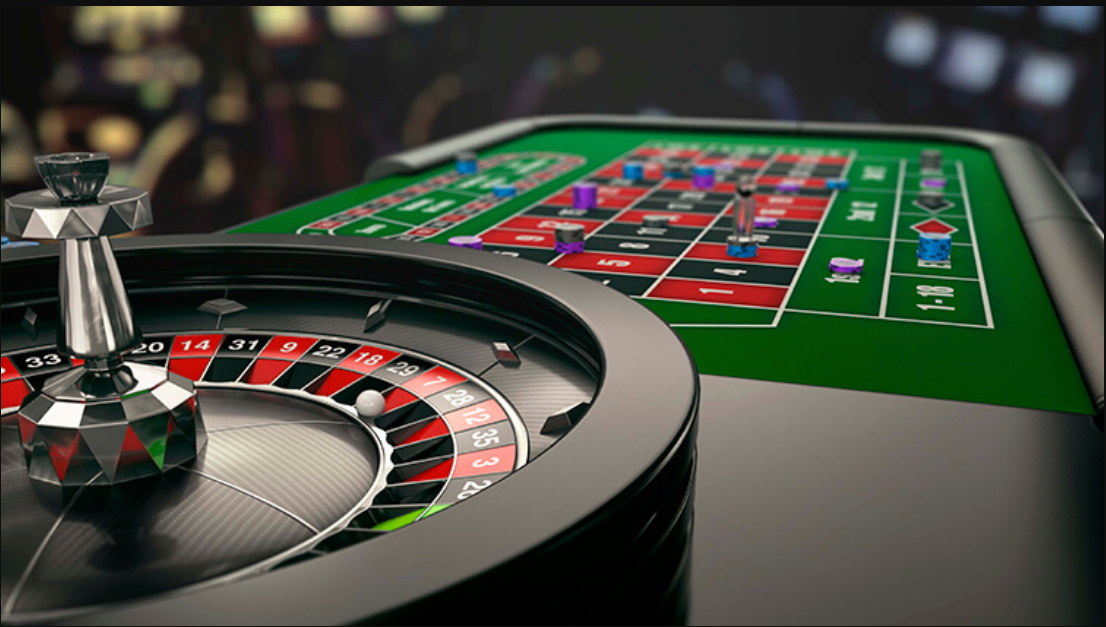Within a lively and exciting world of casinos, wherein fortune and strategy intertwine, color and design play a key role in attracting players. From the moment players step into a casino or log into a gaming platform, they are enveloped in a sightly feast that captures their attention and entices them to discover further. Vivid colors, engaging graphics, and creative layouts are carefully crafted to create an environment of thrill and expectation, ultimately enhancing the gaming encounter.
While players move through the dynamic landscape of casino games, they come across a range of designs that not only serve aesthetic purposes but also affect emotions and choices. Colors like red and gold symbolize wealth and luck, while calm blues and greens can create a much relaxed environment. Understanding how these elements function together enables casinos to create an inviting and energizing atmosphere that encourages players to interact with the games, spend additional time at the tables, and increase their general enjoyment.
The Study of Hue in Gambling Games
Tint plays a crucial role in the creation of gambling games, shaping players’ feelings and actions. Lively and vibrant colors, such as red and yellow, are often used to stimulate enthusiasm and capture focus. These shades create a feeling pressure and energy, encouraging gamblers to engage more readily with the activity. By intentionally selecting hues, developers aim to evoke feelings of satisfaction and excitement, which can enhance the total game experience.
Distinct shades also have psychological connotations that can influence how players perceive their chances of success. For instance, green is frequently associated with good fortune and abundance, making it a popular choice in games like roulette and poker setups. This link can cause gamblers to feel more hopeful and self-assured in their play, ultimately motivating them to stake more. Comprehending these connections allows game designers to craft environments that enhance player satisfaction and engagement.
In addition, the design of gaming interfaces often employs color gradients and opposing colors to direct player actions. For case, successful combinations may be accentuated with striking, differing hues, creating a visual cue. This method strengthens successful results and promotes repeated engagement. By utilizing the psychology of color, gaming venues can develop games that not only captivate gamblers but also keep them interested and dedicated in their game experience.
Design Elements that Attract Gamers
The visual appeal of casino games is primarily influenced by the use of vibrant colors. Bright and striking colors are strategically chosen to create an inviting atmosphere that captures interest. For example, reds and golds often signify luck and prosperity, which is why they are common in the color schemes of gaming machines and table surfaces. Tin bóng đá These colors not only attract players in, but they also stir emotions related to excitement and anticipation, enhancing the total gaming experience.
In parallel to color, the aesthetic and layout of gambling games play a crucial role in player attraction. Games are designed to be intuitive, ensuring that players can quickly understand the rules and mechanics. User-friendly interfaces, along with captivating graphics and animations, help maintain gamer interest and promote extended play sessions. The physical elements, such as the texture of the controls and the audio of the games, also contribute to a comprehensive sensory experience that keeps players engaged.
Finally, conceptual elements in gaming design can significantly influence gaming decisions. Many gambling games are inspired by media, fairy tales, or exploration motifs, featuring symbols and characters that resonate with players. These themes create a sense of engagement and relatability, making each game feel distinct. When players feel a connection to the theme, they are more likely to opt for that game over others, leading to higher participation and enthusiasm within the casino environment.
Case Studies: Notable Gambling Table Game Designs
One noteworthy example of effective gambling game design is the popular slot machine series themed around popular movies. Games such as those based on the Wizard of Oz and Game of thrones utilize bright colors and top-notch graphics to immerse players in recognizable narratives. The application of dynamic visuals and entertaining sound effects grabs the interest of players, building an psychological connection to the theme. This strategy not only promotes longer play but also improves the overall gaming experience, yielding increased player retention.
Another effective case is the application of the psychology of color in table games like blackjack and roulette. Casinos often create these games with rich reds and greens, colors traditionally connected with luck and wealth. For instance, the green felt on a blackjack table provides a soothing effect, while the red accents in roulette invite excitement. This thoughtful use of color helps to establish an inviting atmosphere that motivates players to participate, addressing their psychological impulses and increasing their enjoyment.

Finally, social casino games that include community features and vivid, lively designs have achieved remarkable success in engaging players. Games like Zynga Poker and Slot-O-Mania leverage bright colors and playful animations to forge an inviting online environment. The integration of leaderboards, community sharing options, and in-app rewards promotes competition and community, pulling players in for longer sessions. Such designs not only make the games visually appealing but also underscore social connectivity, a key factor in player retention and engagement within digital casino environments.